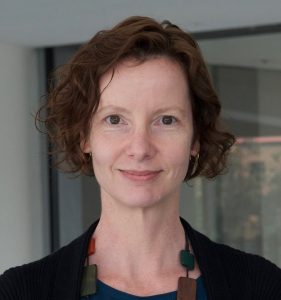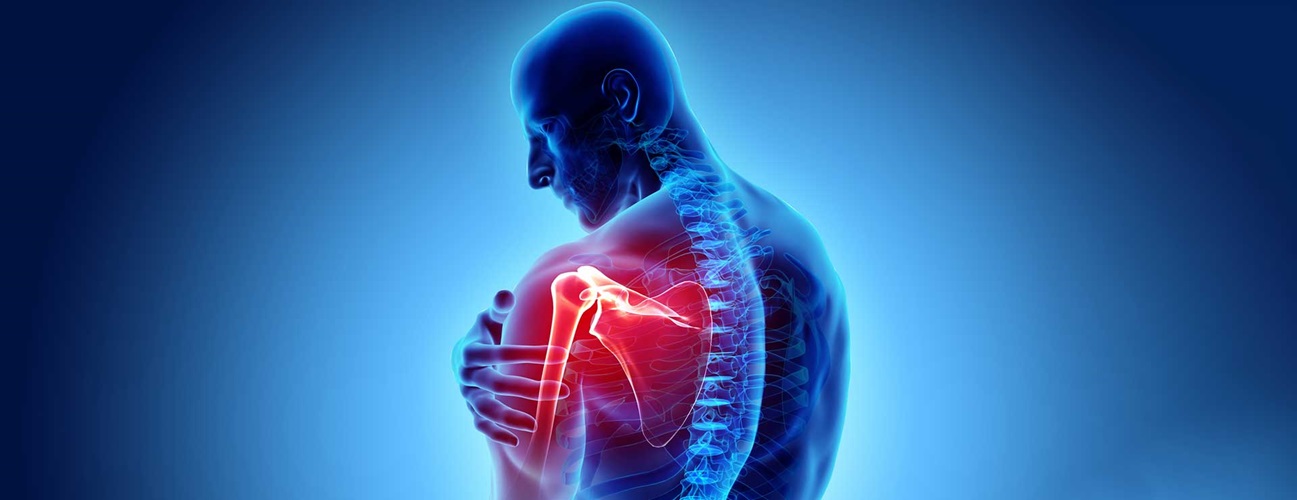Program 3
OPTIMISED TISSUE-ENGINEERED SCAFFOLDS
This program will utilise the multiscale computational models and simulation outputs and detailed characterisation and mapping of shoulder joint biomechanics to inform the design, development, optimisation and validation of engineered scaffolds for rotator cuff repair. The integration of underlying biochemical and biomechanical cues associated with de novo tissue generation within the shoulder joint into bespoke designed, biomechanically-matched, engineered scaffolds will significantly improve upon the current empirical process applied to developing tissue scaffolds for interfacial musculoskeletal tissues (such as the rotator cuff). Thiswill further inform how tissue generation in these scaffolds can be enhanced through fit-for-purpose rehabilitation post-surgery to encourage functional tissue repair and improve patient outcomes.

Program 3 Lead
Prof Justin Cooper-White
Head of School of Chemical Engineering
UQ Faculty of Engineering, Architecture and Information Technology
E: [email protected]

POST-DOC FELLOW
Hidden element
Eleonore Bolle is a mechanical engineer by education with added expertise in tissue culture. She is currently a postdoctoral researcher in the School of Chemical Engineering at the University of Queensland. Prior to joining the University of Queensland she undertook a Ph.D. in Tissue Engineering at the Queensland University of Technology. Her research interests lie in additive manufacturing techniques, biomaterials, drug delivery and the development of 3-dimensional tissue models. Specifically, her current research focusses on using novel biomaterials and additive manufacturing techniques to restore and maintain tendon function.

PHD Student
Asawari Parulekar
Hidden element
“Exploring the role of mechanotransduction in producing inferior surgical outcomes for aged patients with Rotator Cuff Tears (RCTs)”.

PhD Student
Sepideh Shemshad

PhD Student
Michael Lennon

CET Leader
Professor Kirsten Heimann
Flinders University
Connect, Educate & train (CET)
- Create globally connected leaders
- Build the future marine high tech workforce
- Community of education and engagement
- Drive innovation and investment in the sector
- Connect and link partners across the supply chain
Intellectual Property and Commercialisation
The MB-CRC’s prime objective is to provide a cooperative platform to accelerate the translation of marine bioproduct discoveries and create an energetic and expansive bio-economy industry in Australia, through adoption of the MB-CRC’s IP, processes and candidate products.

